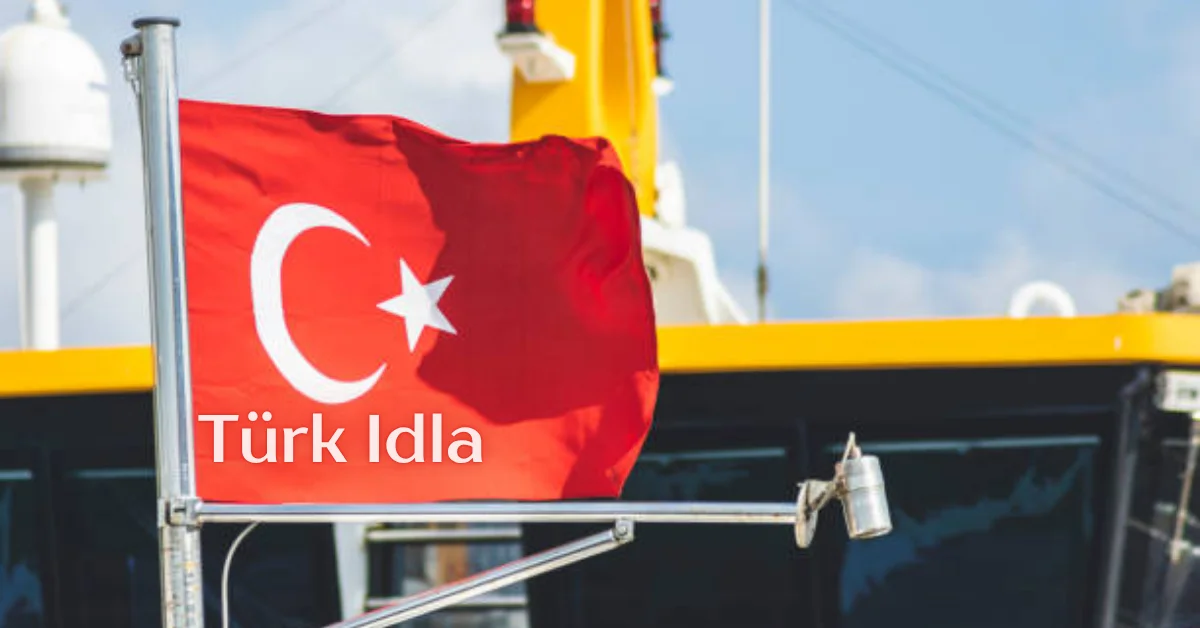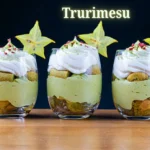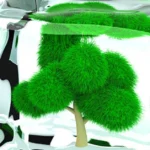Introduction to Türk Idla
Türk Idla is more than just a phrase; it’s a window into the soul of Turkey. This concept encapsulates the essence of Turkish identity, weaving together threads of history, culture, and tradition. As we embark on this journey through time, we’ll explore how Türk Idla shapes not only individual lives but also the nation’s collective spirit.
From ancient roots to contemporary influences, Türk Idla reflects resilience and transformation. It reflects the truth that identity is ever-growing—a living mosaic shaped by history, memory, and shared experience. Join us as we delve deeper into what makes Türk Idla an integral part of being Turkish today.
The Origins of Türk Idla Identity
The origins of Türk Idla identity trace back to the rich tapestry of diverse cultures that have influenced Turkey throughout history. Rooted in ancient nomadic tribes, this identity evolved with every migration and conquest.
Early Turkic peoples carried their traditions across vast landscapes, from Central Asia to Anatolia. Their language, customs, and beliefs intermingled with those of the indigenous populations they encountered.
Over centuries, the Türk Idla identity absorbed elements from Persian, Byzantine, and Arab cultures. This fusion created a unique cultural landscape characterized by vibrant art forms and varied culinary delights.
As empires rose and fell around them, the Turkish people retained core aspects of their heritage. Resilience became a hallmark as they adapted while preserving essential values such as family ties and community spirit.
This dynamic foundation laid the groundwork for modern Turkish culture—a blend of historical influences that still resonate today.
Traditional Practices and Customs
Traditional practices and customs are the backbone of Türk Idla identity. They reflect a deep connection to history and community.
One prominent custom is the celebration of family gatherings, known as “aile buluşması.” These events strengthen bonds and honor ancestry. Food plays a significant role in these gatherings, with dishes like kebabs and baklava taking center stage.
Another vital aspect is folk arts. Handicrafts such as carpet weaving showcase intricate patterns that tell stories passed down through generations. These art forms preserve cultural narratives while supporting local artisans.
Festivals also mark the calendar year, often linked to agricultural cycles or religious observances. Events like “Şeker Bayramı” bring neighborhoods together for shared joy and reflection.
Music remains essential too; traditional instruments like the bağlama resonate through celebrations, creating an atmosphere rich in heritage. Each note carries echoes of a vibrant past that continues to inspire today’s generation.
Impact of Religion on Türk Idla Identity
Religion plays a pivotal role in shaping Türk Idla identity. It acts as a thread that binds communities together while enriching them with layers of cultural depth.
Islam, predominant among the Turkish people, influences daily life. From rituals to festivals, religion weaves through the fabric of society. Traditions like Ramadan and Eid reflect deep-rooted values and communal bonds.
Beyond practices, spirituality shapes perspectives on family and community ties. Valuing elders stems deeply from spiritual beliefs that emphasize wisdom, humility, and intergenerational bonds. This fosters an environment where heritage is revered.
However, it’s not just about tradition; contemporary interpretations also emerge within Türk Idla culture. Modern thinkers explore faith’s role in personal identity amidst global changes.
Through art, literature, and music, spiritual themes resonate deeply with the essence of Türk Idla living. Each expression tells its own story while contributing to a collective identity anchored in faith’s embrace.
Historical Events that Shaped Türk Idla
Throughout history, several pivotal events have left an indelible mark on Türk Idla. The rise and fall of empires shaped not just territories but identities.
The Seljuk Empire laid the groundwork for Turkish culture in Anatolia during the 11th century. Their contributions to architecture and language enriched local traditions.
Later, the Ottoman Empire further evolved Türk Idla through its vast multicultural reach. This empire introduced various art forms while promoting a unique blend of customs that still resonate today.
Significant wars also played a role. The struggles against foreign powers fostered unity among communities, reinforcing cultural identity.
The establishment of the Republic in 1923 marked another transformative period, transitioning from an empire to a modern nation-state. This transition sparked a renewed commitment to reimagining and honoring Turkish roots in the face of a transforming world.
These historical milestones collectively weave the intricate tapestry of what it means to belong to Türk Idla today.
Modern Influences on Turkish Culture
Modern Turkish culture is a vibrant tapestry woven from tradition and contemporary influences. Globalization plays a significant role, introducing new ideas that blend seamlessly with age-old customs.
The rise of technology has transformed how people engage with their heritage. Social media platforms showcase traditional art forms while fostering connections among the diaspora. This digital exchange breathes fresh life into cultural practices.
Fashion is another arena where modernity meets tradition. Designers often draw inspiration from classic Turkish patterns, merging them with global trends to create unique statements in clothing and accessories.
Cuisine reflects this evolution too. Chefs experiment by incorporating international flavors into traditional dishes, resulting in innovative culinary experiences that captivate both locals and tourists.
Art scenes flourish as contemporary artists reimagine folklore through various mediums, challenging perceptions while honoring their roots. Each layer adds depth to what it means to be part of Türk Idla today.
Celebrating and Preserving Türk Idla Today
Celebrating Türk Idla today means embracing traditions while welcoming modern interpretations. Festivals across Turkey bring communities together, showcasing folk dances, music, and culinary delights that reflect this rich heritage.
Cultural institutions play a vital role in preserving Türk Idlas. Museums and art galleries conduct workshops that educate younger generations about their roots. Innovative programs ensure that age-old crafts are not lost to time.
Social media has also emerged as a powerful tool for preservation. Online platforms allow individuals to share stories, recipes, and experiences tied to Türk Idlas culture. This digital storytelling fosters connections among people who might be thousands of miles apart.
Local initiatives encourage community engagement through traditional arts and language classes. These grassroots movements help keep the essence of Türk Idla alive for future generations. The commitment to honoring this unique identity remains strong amidst rapid globalization.
Conclusion: Embracing the Richness of Turkish Identity?
The tapestry of Türk Idla is woven with threads of history, culture, and tradition. It embodies the essence of Turkish identity in a unique way. Each practice and custom tells a story that connects generations. Every historical event has played its part in shaping this rich cultural landscape.
As modern influences continue to emerge, there lies an opportunity for renewal and growth within Türk Idla. History shapes today’s values and encourages tomorrow’s generations to reconnect with their heritage with pride and purpose.
Celebration and preservation efforts are crucial for keeping this vibrant heritage alive. Festivals, art forms, culinary delights—all contribute to the ongoing narrative of what it means to be part of Türk Idla today.
Embracing the richness found within Turkish identity allows individuals not just to understand their own place in history but also fosters unity among diverse communities. By appreciating these multifaceted elements, one can truly grasp the beauty embedded within Türk Idla itself.
Let your love for learning blossom—step into a world of ideas on our site.











